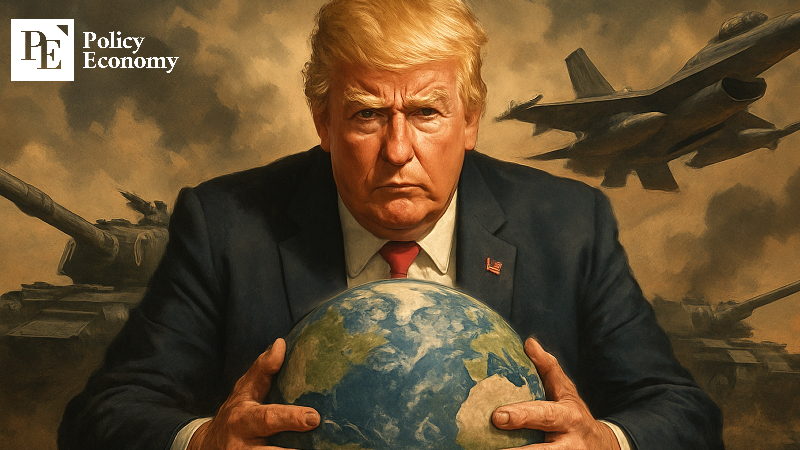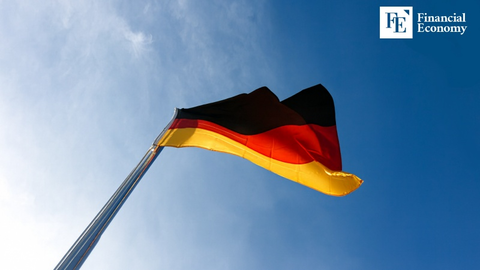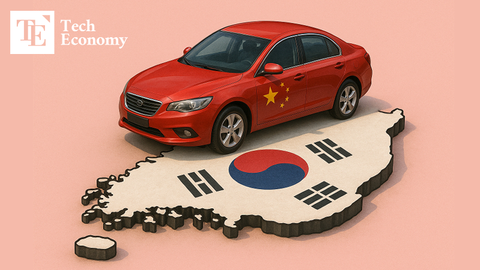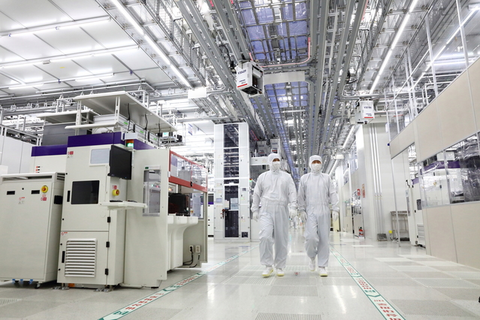Trump Demands Increased Defense Spending from NATO, Avoids Mentioning Russia
Input
Modified
NATO Reaches Agreement with All 32 Member States on Expanding Defense Spending A Result of Growing Global Instability Triggered by the Iran–Israel Conflict Asian Allies, Including South Korea and Japan, Also Face Mounting Pressure from the U.S.

U.S. President Donald Trump strongly demanded that NATO member countries increase their defense spending at the NATO summit, but notably refrained from making direct references to Russia, which is the underlying reason for the push.
According to the New York Times on the 24th (local time), President Trump, at the NATO summit that opened that day in The Hague, Netherlands, pressured member countries to spend 5% of their Gross Domestic Product (GDP) on defense and related infrastructure. This is more than double the previous target of 2%. However, despite Russia being the direct reason behind this demand for increased spending, Trump made little to no mention of the Russian threat.
NATO Defense Spending to Rise from 2% to 5% of GDP
According to The New York Times and other foreign media on the 24th (local time), President Trump officially kicked off the NATO Summit in The Hague, Netherlands. Upon landing at Amsterdam Schiphol Airport aboard Air Force One, he headed to Huis ten Bosch Palace for a welcome dinner hosted by King Willem-Alexander of the Netherlands. The leaders of all 32 NATO member states are scheduled to begin with the dinner, followed by the main North Atlantic Council (NAC) plenary session on the morning of the 25th.
The main focus of this summit is expected to be the expansion of defense spending. President Trump has been urging NATO members to increase their defense budgets to 5% of GDP, more than double the previous target of 2%. In response, NATO Secretary-General Mark Rutte proposed meeting this target by allocating 3.5% to direct military spending and 1.5% to defense and security infrastructure by 2035. He has since held a series of negotiations with the 32 member countries and has reportedly secured agreements from most of them. As a result, the consensus is that the agreement on defense spending increases will pass with little resistance at this summit.
Reinforcing this outlook, President Trump released a text exchange with Secretary-General Rutte on his social media platform, Truth Social. In the messages, Rutte told Trump, “It wasn’t easy, but we got everyone to sign on to 5%. You will accomplish what no U.S. president has managed in decades.” He added, “Europe will finally pay its fair share; this is your victory.”
Middle East Turmoil Upends the Situation
What’s particularly notable is that just a few months ago, NATO countries were resistant primarily to the U.S. demand for higher defense spending. During the NATO Foreign Ministers’ Meeting held in Brussels last April, the U.S. pushed for raising the defense spending guideline to 5%. At the time, most member states dismissed it as an unrealistic goal. Norway and Germany’s foreign ministers each remarked, “We are not prepared to meet that,” and “Our target is 3%, not 5%, respectively.
Many allies expressed frustration, pointing out that even under the current 2% guideline, 9 out of the 32 NATO members still failed to meet the target, and even the U.S.’s defense spending was only at 3.38% of GDP. The foreign ministers’ meeting ultimately ended with little progress amid widespread pushback from member states.
What changed this dynamic was the sudden deterioration of the international situation, particularly in the Middle East. On the 22nd, the U.S. launched a large-scale airstrike on key Iranian nuclear facilities, prompting Iran to vow retaliation. With military conflict between Iran and Israel showing no signs of de-escalation, and the U.S. now directly involved, the geopolitical instability in the Middle East has spiraled into a highly unpredictable situation. Foreign media reports that, amid this volatile climate, NATO member states are now engaging in an arms race-like “domino effect” to secure military superiority over one another.
However, some countries, such as Spain, remain skeptical about the defense spending increase. While Spain diplomatically agreed to the joint statement on increasing defense spending, it declared that it would not adhere to the 5% guideline.
In a televised speech following the agreement, Spanish Prime Minister Pedro Sánchez said, “For Spain, spending 2.1% of GDP on defense is sufficient. We don’t need to meet the 5% target. We fully respect the desire of other countries to raise their military spending, but we won’t be doing the same.”
According to NATO estimates, Spain spent USD 20 billion, equivalent to 1.24% of its GDP in 2024, the lowest proportion among NATO members.

U.S. Now Squarely Targets Its Asian Allies
The U.S. pressure to increase defense spending is expected to extend, both directly and indirectly, to its Asian allies, including South Korea, Japan, and Australia, which are NATO partner countries. At a press conference on the 23rd, NATO Secretary-General Mark Rutte stated, “European and Asian security can no longer be discussed separately,” emphasizing that because China and North Korea are supporting Russia in Ukraine, cooperation with the Indo-Pacific Four (IP4), South Korea, Japan, Australia, and New Zealand, must also be strengthened. His remarks underscored the need to align defense industries and security policies more closely with South Korea and Japan, countries facing direct threats from China, Russia, and North Korea.
The U.S. government has also begun directly demanding that its Asian allies increase defense spending. U.S. Secretary of Defense Pete Hegseth, in a speech at the Shangri-La Dialogue, an Asia security summit held on May 31, said, “Our allies and partners in Asia must now look to Europe as a model. NATO members are committing to spend 5% of their GDP on defense.” He then questioned, “With much more dangerous adversaries like China and North Korea, is it reasonable for Asian allies to spend less than Europe?” Hegseth explicitly proposed “5% of GDP” as the new guideline for defense spending. For reference, South Korea’s current defense spending is approximately 2.5% of its GDP.
Hegseth reiterated a similar stance during a U.S. Senate Armed Services Committee hearing on the 2026 Department of Defense budget held on the 18th. He stated, “I expect NATO allies to commit to spending 5% of their GDP on defense and related investments. This was a goal President Trump pursued in his first term, and achieving it would have been unimaginable back then.” He continued, “Now that NATO has taken action, a new global standard for allied defense spending has been set, and that standard should apply equally to all U.S. allies around the world, including those in Asia.”





















